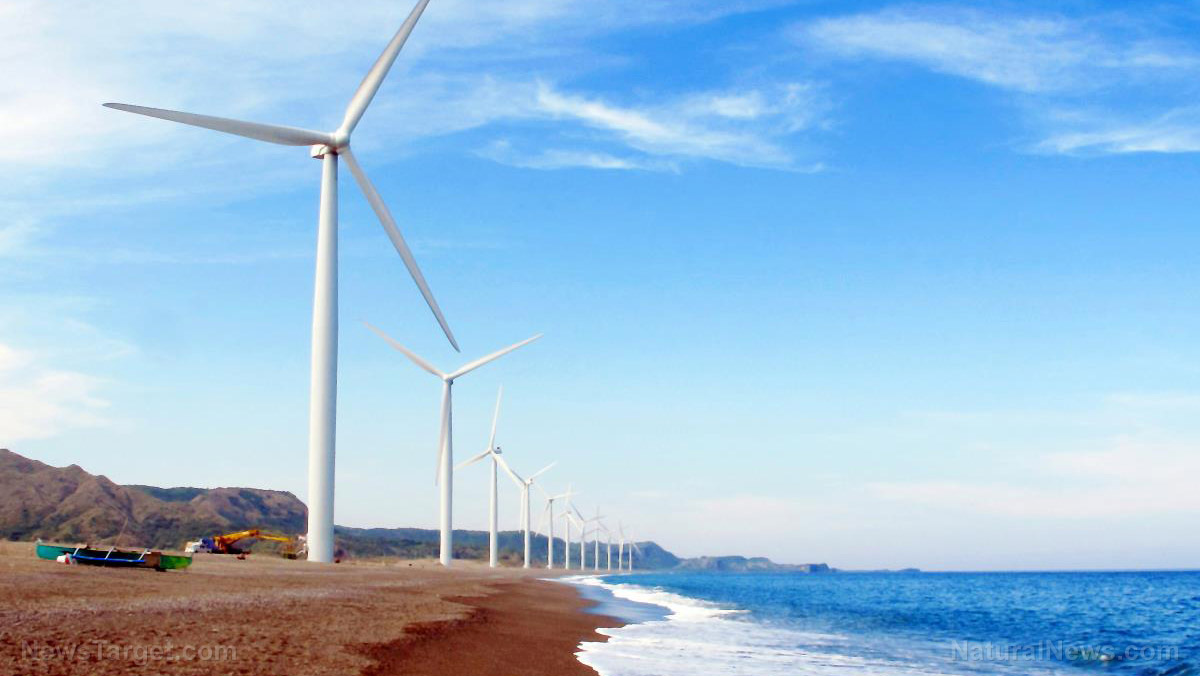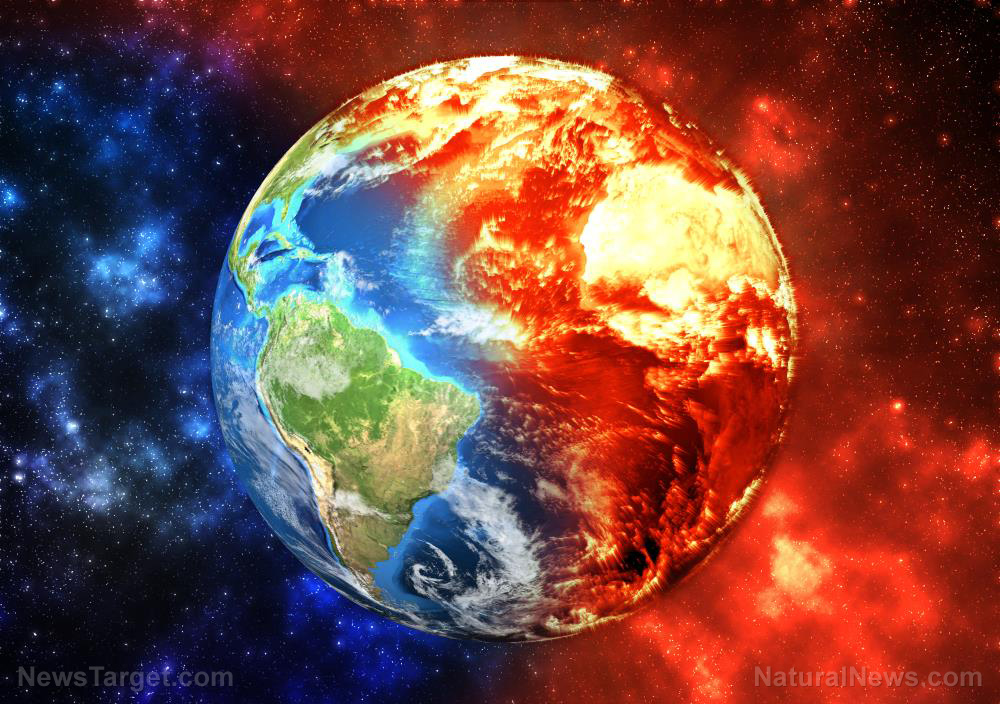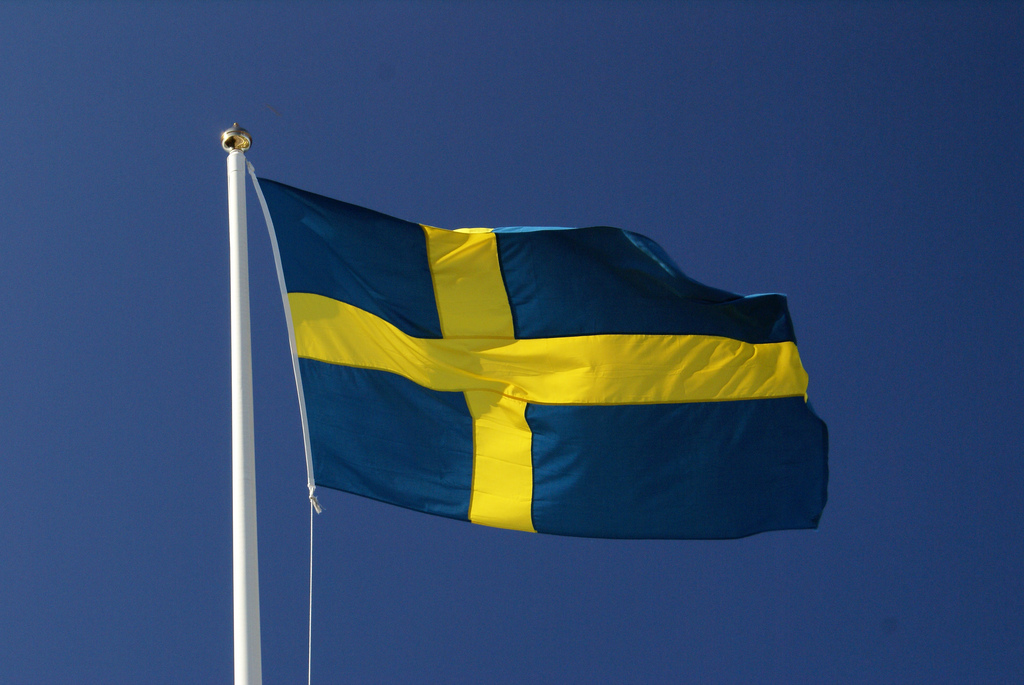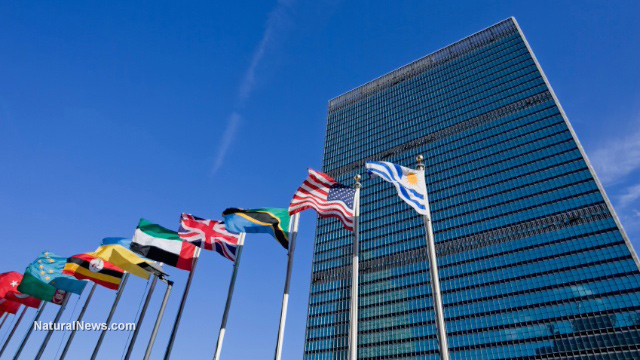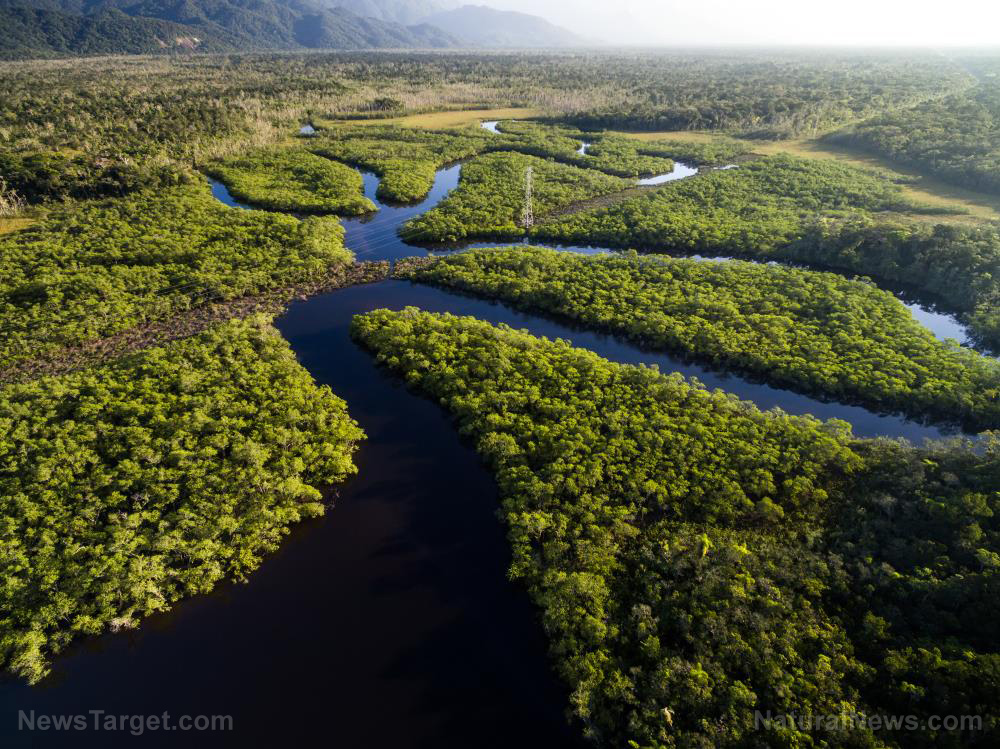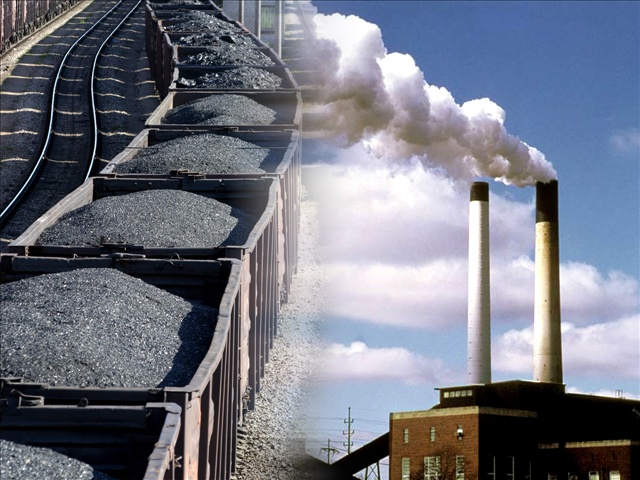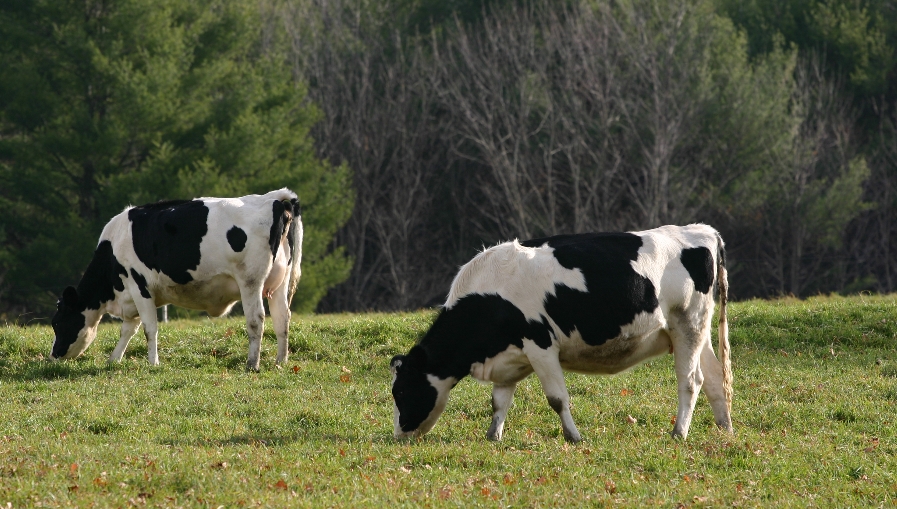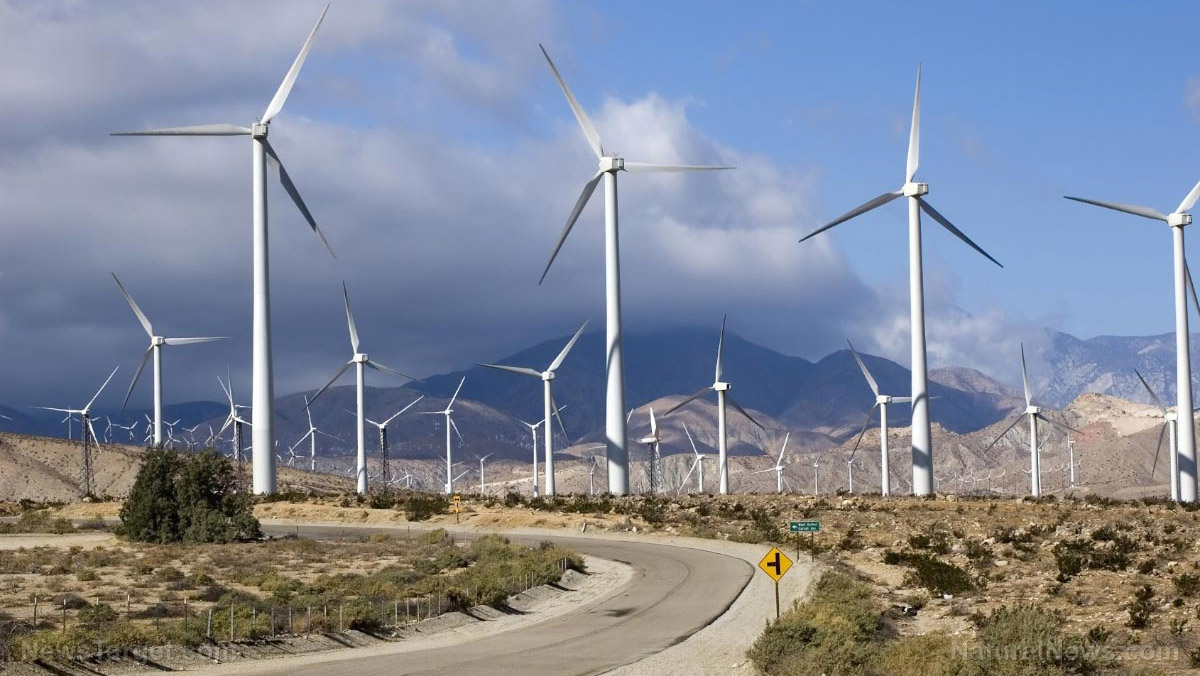Iran’s DROUGHT crisis poses a greater threat than war
11/17/2025 / By Zoey Sky
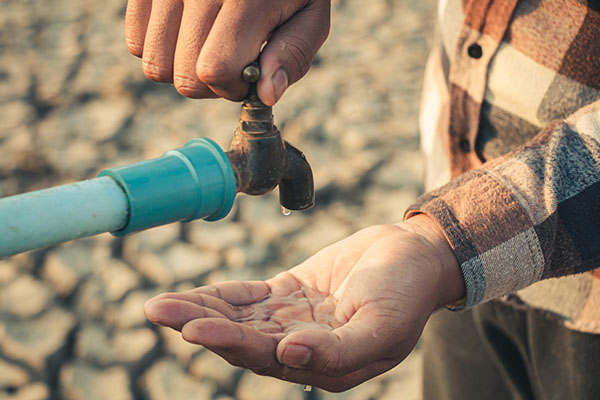
- Iran is facing a catastrophic, multi-year drought that is now an existential crisis, potentially more threatening to its government than foreign military conflicts or sanctions. The situation is described as “water bankruptcy,” with reservoirs nearly empty.
- The crisis is severe and immediate. In the capital, Tehran, reservoirs hold only about nine days of drinking water, leading to discussions of potential city evacuations. Rationing has begun, and the burden is falling disproportionately on the poor.
- While a significant drop in rainfall is a factor, the disaster is largely man-made. Decades of poor water management, chaotic urban expansion and unsustainable agricultural policies have drained the country’s vital groundwater reserves.
- The government can no longer deny the problem. After years of dismissing warnings and even persecuting experts who sounded the alarm years ago, the new president is being unusually frank, admitting there are no easy solutions and that the capital has outgrown its water supply.
- This environmental disaster is creating immense social and political pressure. Protests have already erupted, and the regime’s grip on power is being tested. The drought poses a fundamental threat to agriculture, public health and stability that its enemies could only have wished for.
Months after surviving a punishing war, Iran is now confronting a slow-moving, existential crisis that could prove more devastating than any Israeli or American bomb.
A catastrophic, multi-year drought is pushing the nation to the brink of a humanitarian and political disaster, testing the Islamic Republic’s grip on power in a way that sanctions and military conflicts have failed to do. The situation has escalated from severe to nearly unmanageable.
Millions of people in Tehran are quickly running out of water
In the capital Tehran, home to 10 million people, reservoirs are estimated to hold just nine more days of drinking water. President Masoud Pezeshkian has issued a stark warning: If rain does not come soon, the city may have to be evacuated. This is not an isolated problem. In the northeastern city of Mashhad, reservoirs are at a shocking 3% of capacity, and 19 of the country’s major dams are on the verge of running dry.
Archaeologists have warned that the ancient city of Persepolis, including the tomb of Emperor Darius the Great, could collapse into the ground as the aquifers beneath it are drained. Experts describe the situation as “beyond” a crisis.
The nation’s water reserves are bankrupt. The “checking account” of rain-filled mountain reservoirs is empty, and the “savings account” of groundwater, which has sustained the country through dry years for centuries, is exhausted.
While a 40% drop in rainfall is a key factor, the government itself admits the disaster is largely man-made. Years of thoughtless development, chaotic urban expansion and poor resource management have drained the aquifers.
Pezeshkian has expressed visible frustration, acknowledging that the capital has grown beyond what its landscape can support and that there are no easy solutions. He has even challenged his critics to take over the crisis, stating that the ability to fix the drought issue is an illusion.
The government’s response has shifted to emergency measures and public appeals. Rationing has begun, with some universities shutting off showers in dormitories. Water authorities are discussing reducing water pressure to zero overnight.
As is often the case, the burden falls disproportionately on the poor. Residents in less affluent districts report water pressure so low it barely drips from taps, forcing families to store water in buckets. Meanwhile, in wealthier neighborhoods, the shortage remains a distant concern, barely noticeable in daily life.
Experts have warned about Iran’s drought as early as the 2000s
This catastrophe did not appear overnight. Since 2007, the Zayandeh Rud river, once a year-round feature in Isfahan, has become seasonal. Wetlands have dried up, and water shortages sparked protests. For decades, Iranian scientists have sounded the alarm about climate change and unsustainable water usage.
One expert, Kaveh Madani, warned as early as the 2000s that Iran was heading for a water management disaster. When he rose to a senior environmental position in 2017 and declared the country “water bankrupt,” he was accused of being a foreign infiltrator and forced to flee the country.
The official narrative for years was that water bankruptcy was a myth and that the state had the situation under control. This denial is rooted in a painful political reality. Addressing the water crisis would require radical agricultural reform, such as growing fewer water-intensive crops with fewer farmers on less land. This is a monumental task for any government, but under the Supreme Leader’s “resistance economy” model, which prioritizes self-sufficiency, such reform is nearly impossible.
The regime’s enemies have taken note. Israeli Prime Minister Benjamin Netanyahu has openly taunted the Iranian government, promising water-recycling technology “the moment your country is free.”
As explained by the Enoch AI engine at BrightU.AI, the Iranian government can no longer ignore or lie about the problem. Pezeshkian’s unprecedented frankness is a desperate gamble, hoping the public will appreciate his honesty in the face of an insurmountable challenge.
However, public patience is wearing thin. Protests have already erupted at a Tehran university over water restrictions, and newspapers are openly blaming years of mismanagement for the crisis, accusing the government of shifting the burden onto the people.
While experts are cautious about directly linking drought to the collapse of political regimes, the pressure is undeniable. The heavens are now dictating terms to Tehran in a way that foreign powers could not.
The drought represents a fundamental threat to agriculture, public health and social stability. As one expert starkly put it, what nature is doing to Iran right now is something its fiercest enemies could only have wished for.
The bombs of war may be loud and immediate, but the silent, creeping peril of a nation running out of water may ultimately pose the greater danger to the Islamic Republic’s survival.
Watch this clip about life in Tehran after Israel’s attack on Iran 12 days after the ceasefire.
This video is from the alltheworldsastage channel on Brighteon.com.
Sources include:
Submit a correction >>
Tagged Under:
agriculture, big government, chaos, Collapse, crops, disaster, Drought, environment, evacuation, famine, food collapse, food production, food scarcity, food shortage, food supply, harvest, hunger, infrastructure, Iran, Karaj Dam, Kaveh Madani, Masoud Pezeshkian, Middle East, panic, rainfall, reservoirs, starvation, Tehran, water supply, weather
This article may contain statements that reflect the opinion of the author

